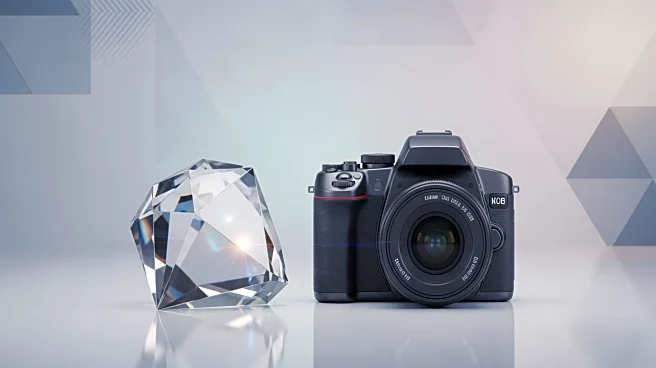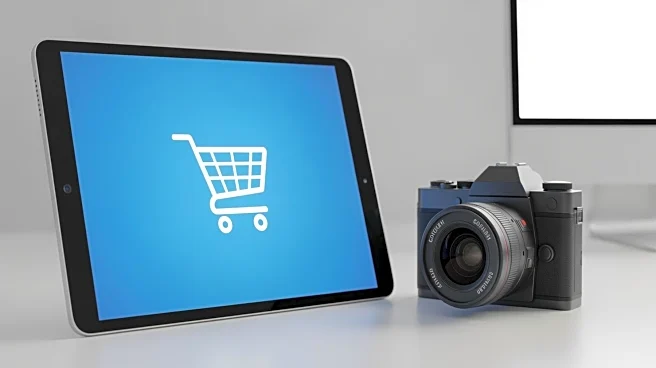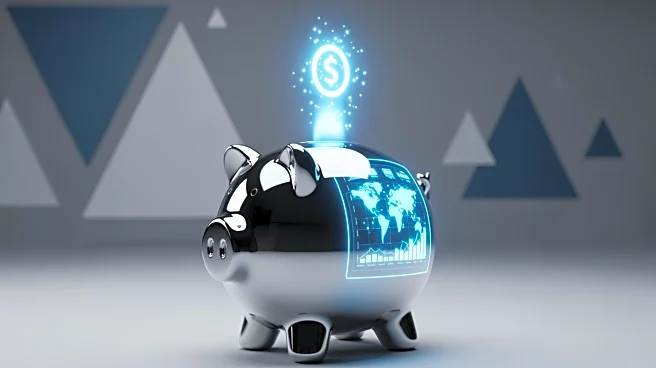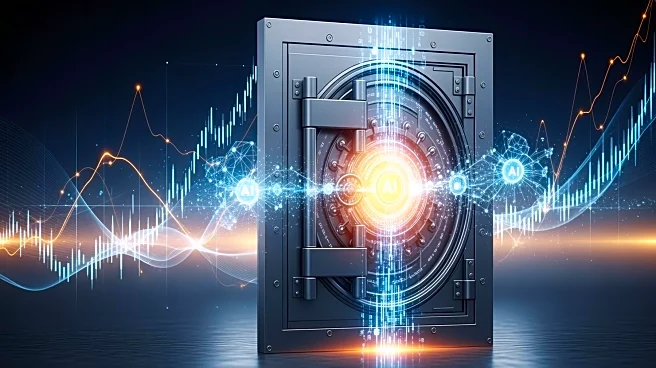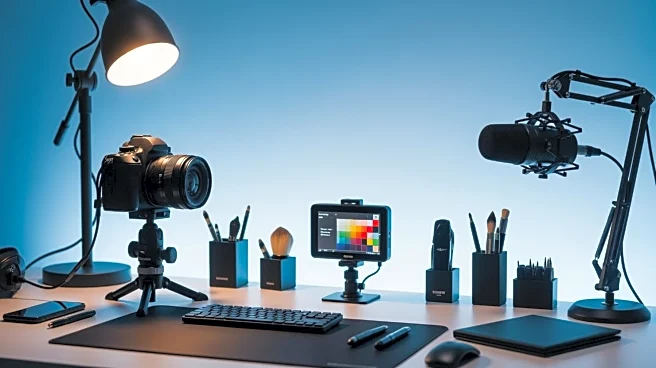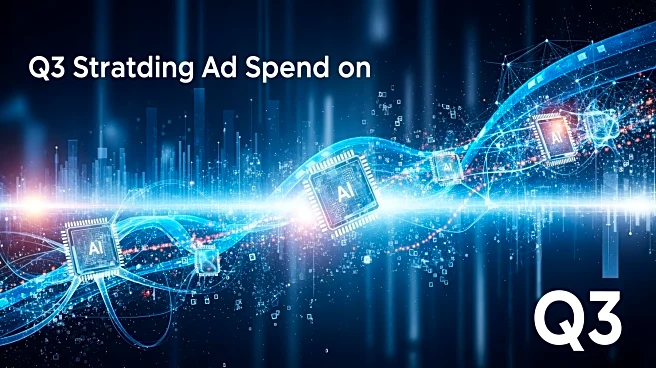What's Happening?
YouTubers are increasingly diversifying their income streams beyond ad revenue and brand deals due to the unpredictability of these sources. Many creators are establishing parallel businesses, such as product
lines and consumer brands, to ensure more stable and sustainable income. Notable examples include MrBeast, who has expanded his business portfolio to include a snack brand, Feastables, and other ventures like MrBeast Burger and a potential mobile virtual network operator. Similarly, Emma Chamberlain has found success with her coffee brand, Chamberlain Coffee, which has expanded to physical locations. Logan Paul and KSI's energy drink brand, Prime, also exemplifies this trend, although it has faced challenges such as declining sales and regulatory scrutiny.
Why It's Important?
This shift highlights a significant change in the digital content creation landscape, where creators are becoming more like vertically integrated media companies. By diversifying their income, YouTubers can mitigate the risks associated with platform-dependent revenue, such as algorithm changes and policy shifts. This trend could lead to a more resilient creator economy, where influencers have greater control over their financial stability. It also underscores the growing influence of digital creators in traditional business sectors, as they leverage their online presence to build successful brands.
What's Next?
As more YouTubers explore business ventures outside of content creation, we may see increased competition in various industries, from food and beverage to technology and retail. This could prompt traditional companies to collaborate with influencers or adopt similar strategies to engage with younger audiences. Additionally, regulatory bodies may pay closer attention to these new business models, especially in cases where products face scrutiny, as seen with Prime's regulatory challenges.


